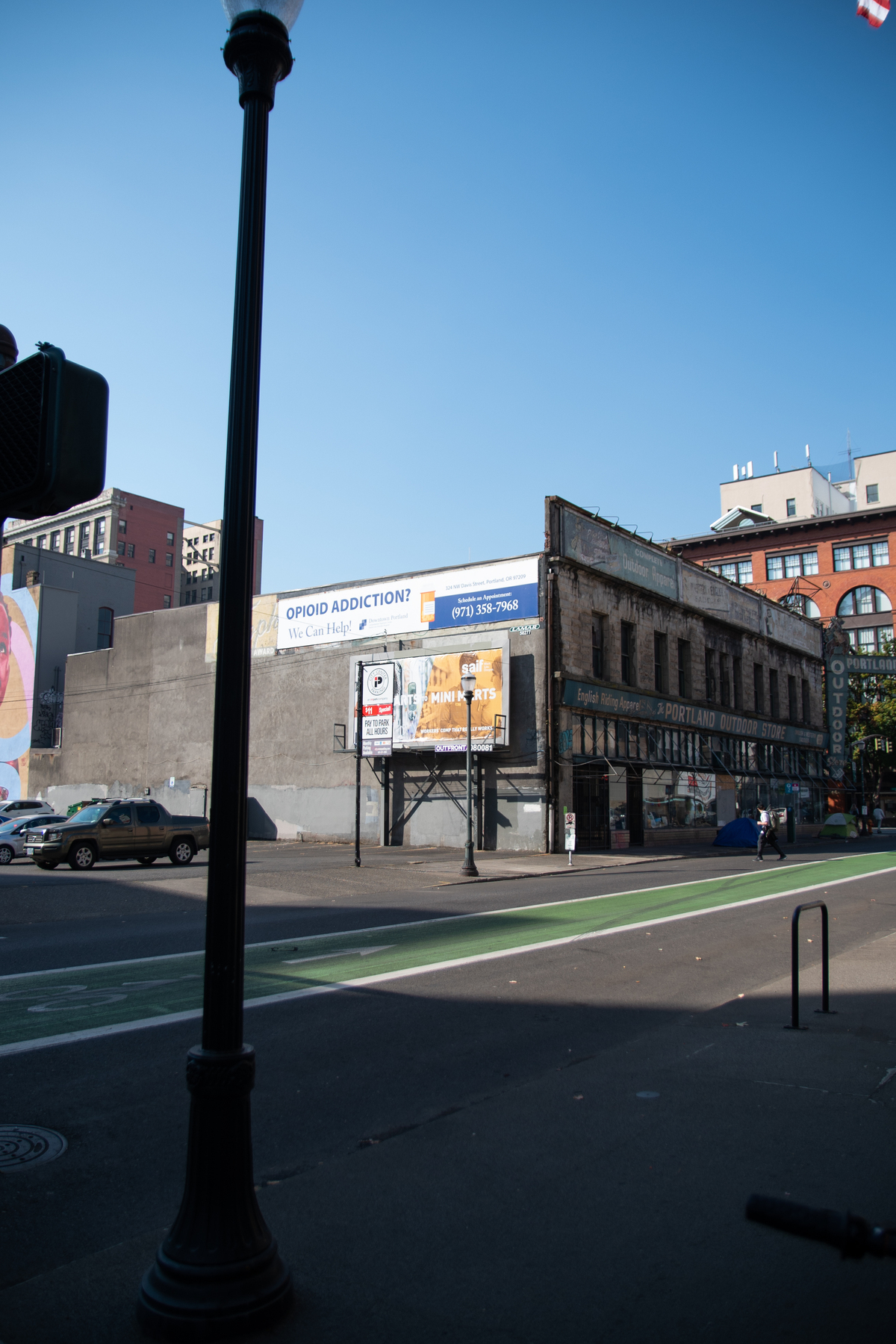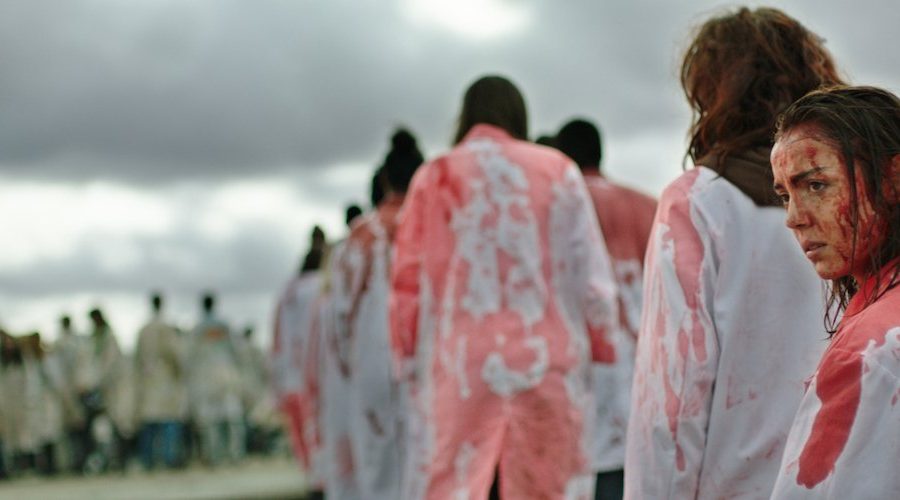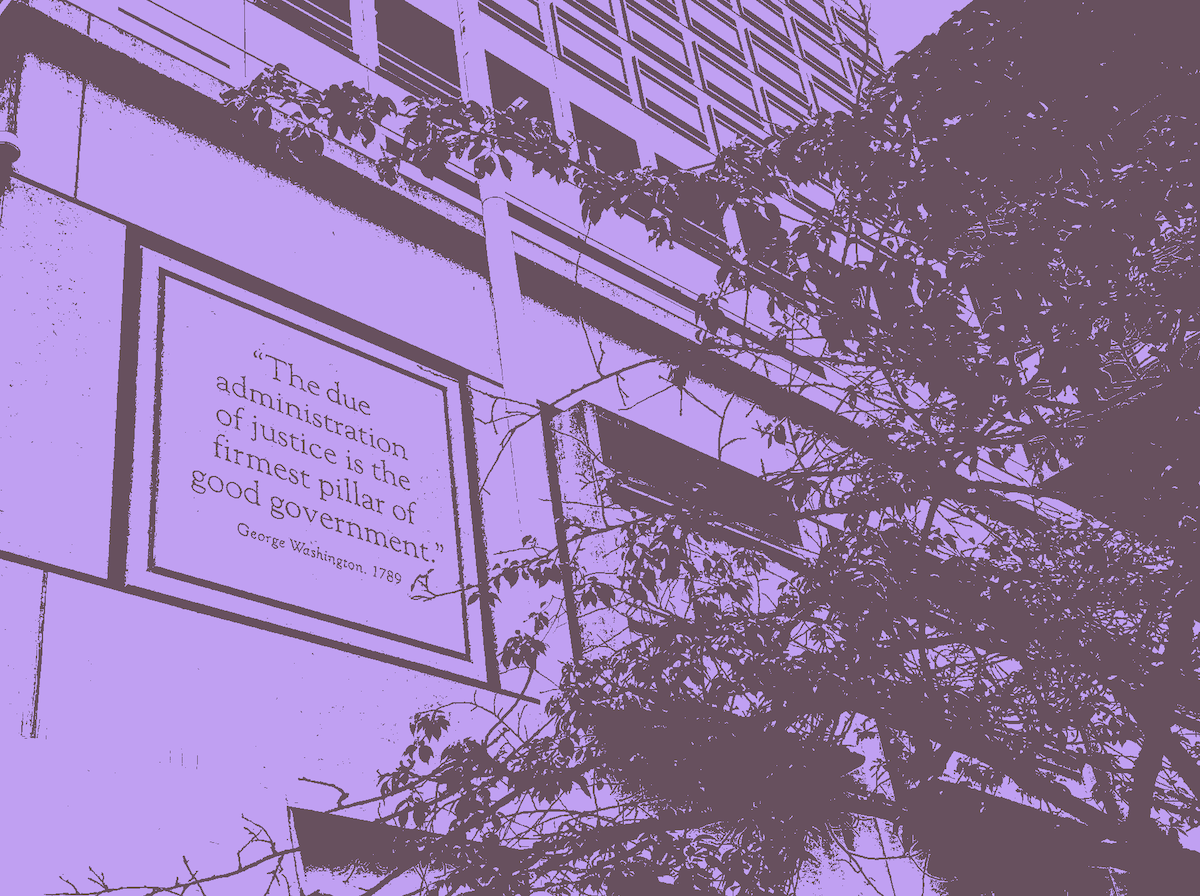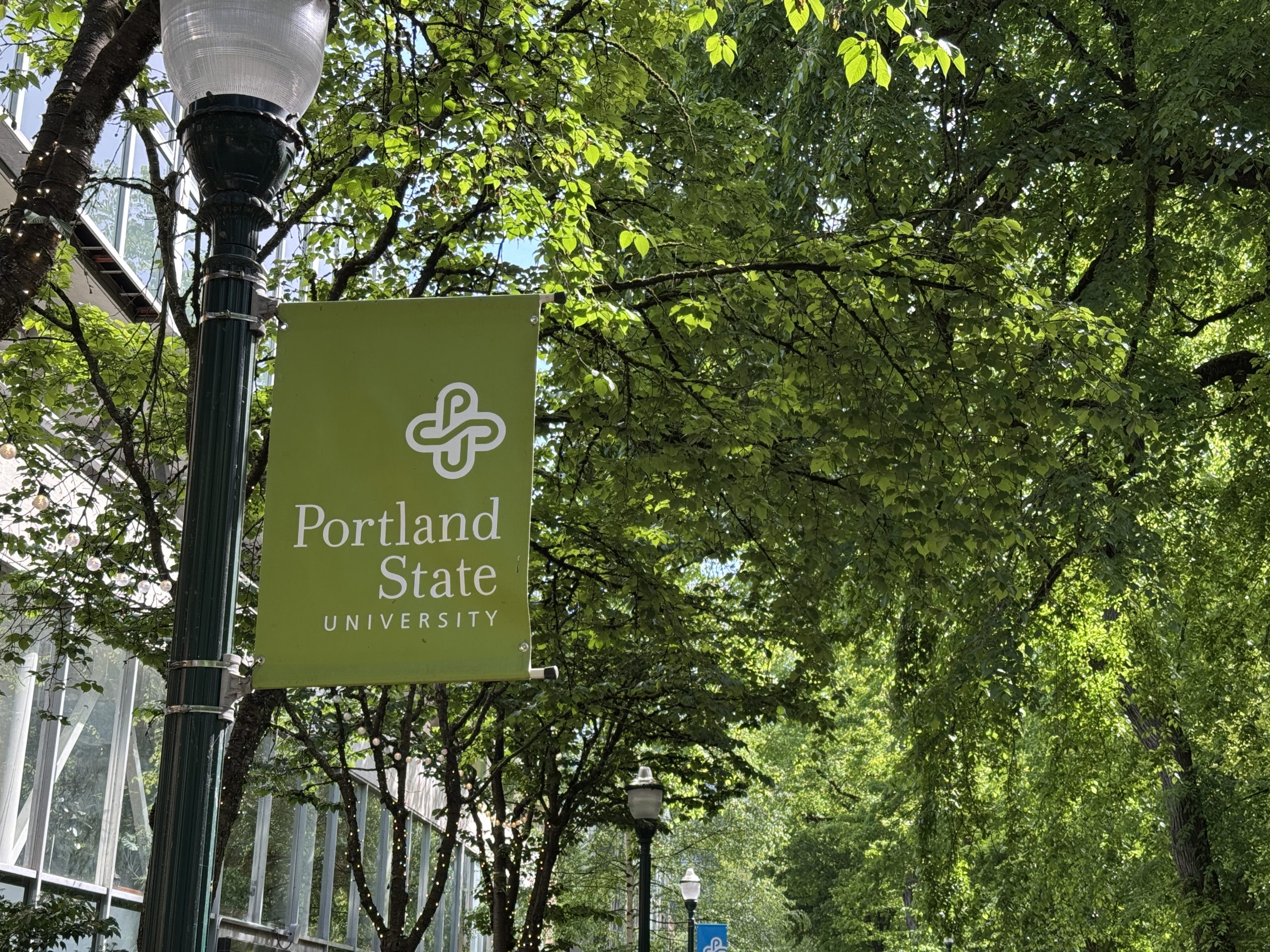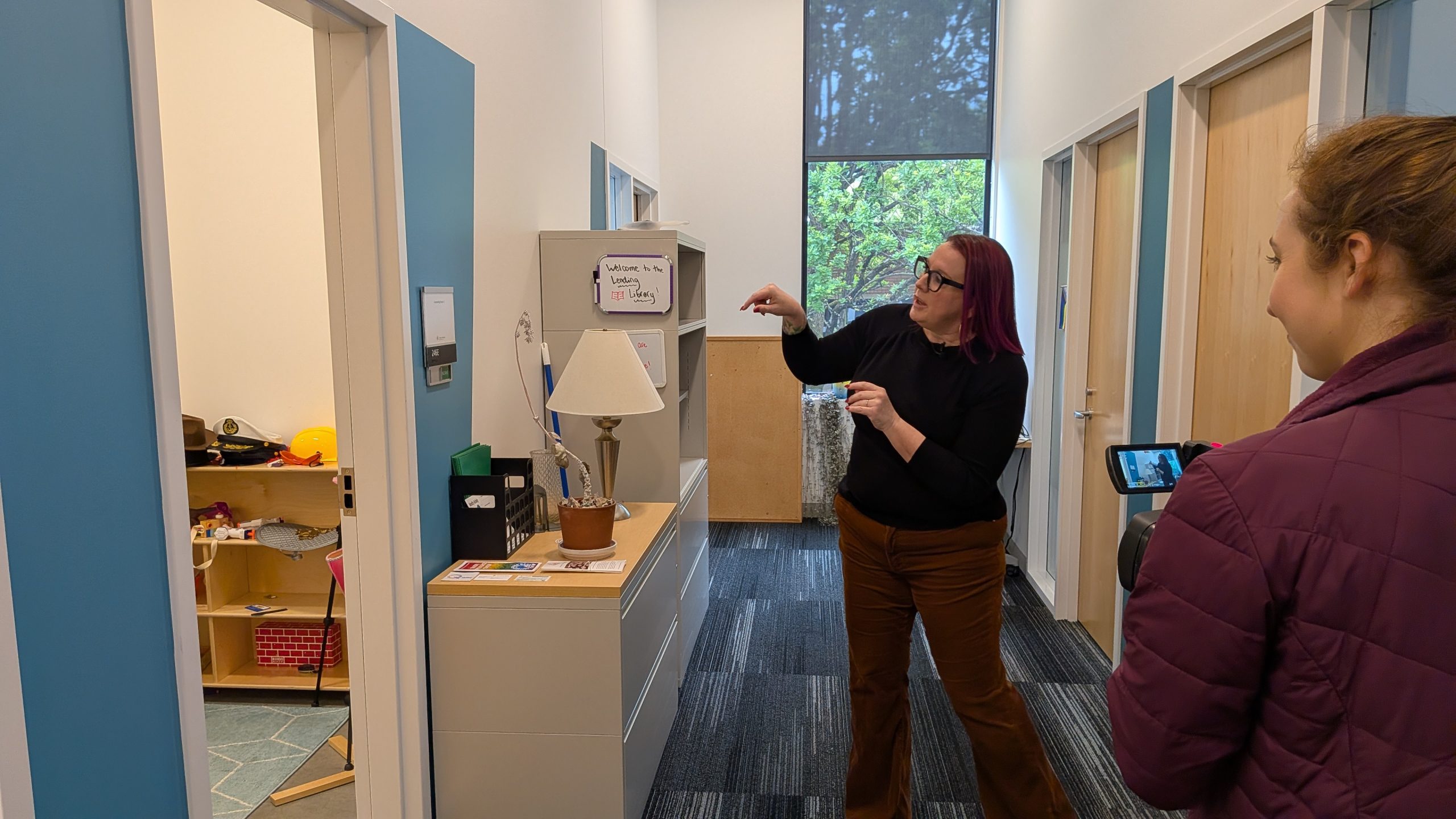Reader, wherever you are, look out the window. What greenery do you see? If you see rows of streetside shrubbery, shady tree canopies and lush public gardens, congratulations: you can look forward to comparatively mild summer weather. Your neighborhood is shielded from the sun by urban vegetation.
However, if you instead see an expanse of concrete sidewalks, blacktop roads, wide parking lots and industrial complexes: you likely live in an “urban heat island.” Chances are you live in a lower-income neighborhood that’s become a victim of the tree canopy gap.
Everyone deserves to live in a green environment, but too often urban greenery is restricted to affluent neighborhoods. It’s long past time for every Portland neighborhood to have the tree cover and public green spaces the most privileged areas of the city—like the Portland State campus—already enjoy. We need to begin thinking about urban green spaces as a vital factor in human health and a key component of our response to climate change. That starts with closing the tree canopy gap in Portland.
The most dramatic impact of greenery disinvestment comes from extreme heat in so-called urban heat islands, such as during the June 2021 heat dome. What are urban heat islands and why do they matter? I spoke to Dr. Vivek Shandas, professor of climate science at PSU and director of the Sustaining Urban Places Research Lab, to find out.
Shandas’ research is focused on “the way we’re designing our built environments,” particularly in urban and suburban areas, and their “potential impacts on human health and wellbeing.”
Urban environments can be broken up into “gray” and “green” infrastructure, Shandas said: hard surfaces like roads, driveways and concrete buildings on one hand—and plant life like trees, parks and open spaces on the other. Some areas of Portland, particularly industrial centers in places like North Portland along Columbia Boulevard and the Willamette River waterfront, have much more gray infrastructure than other areas.
Most affected, however, are lower-income residential communities. “Pretty much unequivocally, some of the hottest places in Portland that we’ve measured… are in Southeast Portland in the Lents neighborhood, Northeast Portland in the Cully Neighborhood… Rockwood, Powellhurst-Gilbert,” Shandas said. These neighborhoods have a notable “tree canopy gap” with greenified parts of the city such as much of West Portland or the higher-income Laurelhurst and Sellwood neighborhoods. “On a hot day, if the [weather station at the Portland] airport is telling us it’s 90 degrees, these areas will be above 100 degrees,” he explained.
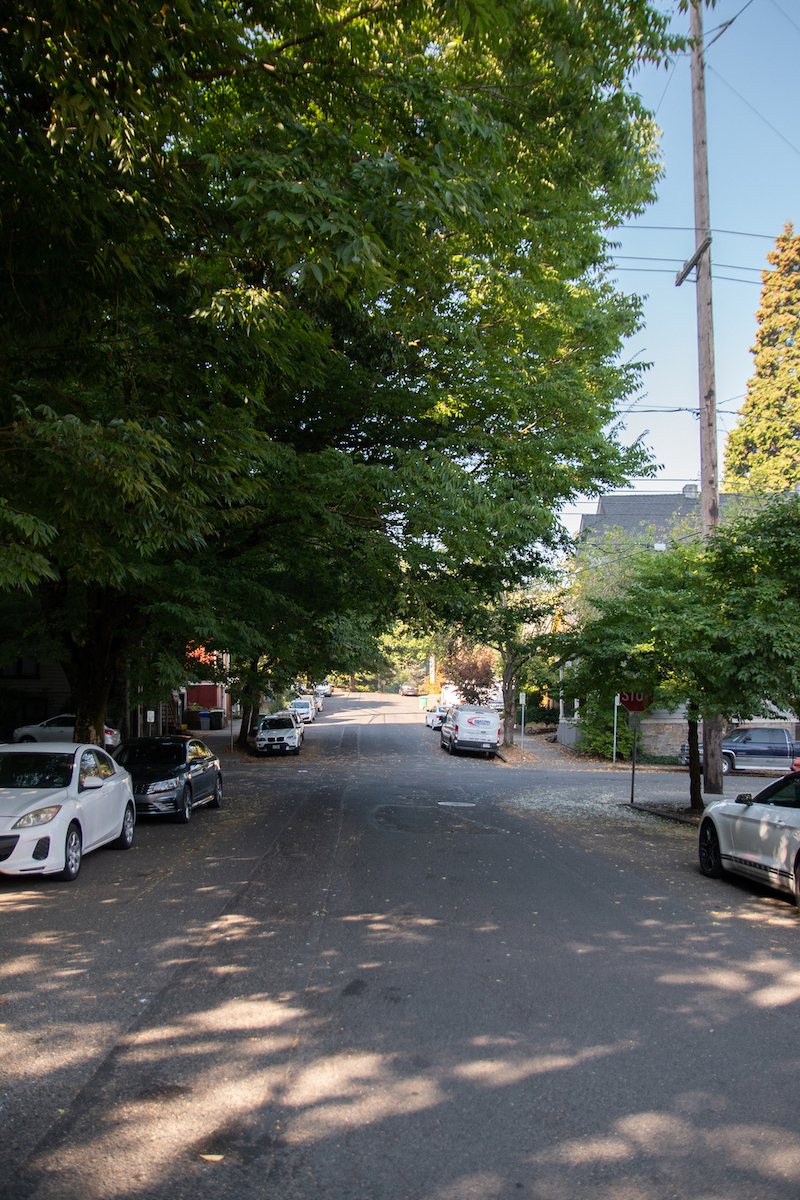
This is one case where it may be easier to feel it for yourself. On a hot summer day, take a walk through the tree-filled canopy of the PSU Park Blocks and the concrete wasteland of SE 82nd Avenue—you’ll feel the difference immediately.
Extreme heat is deadly on a massive scale, but we often treat it as an individual issue rather than a societal one. For example, a June 2022 study published by Multnomah County found that 72 people died in Multnomah County as a result of heat illness in 2021, with 69 of those deaths as a result of the June 2021 heat dome. In this report, discussion of urban heat islands only takes up a single page with its staggering finding that 42 deaths, or 58% of all 2021 heat deaths, occurred in neighborhoods with the two highest urban heat index values. Instead, both the study and official press release from the county government emphasize the fact that most of those who died were over the age of 60, lived alone and/or lacked air conditioning. The focus on these individual risk factors skirts around the systemic factors at play.
In the short-term, Shandas said, the most effective policy interventions against heat illness and death might come from providing on-the-ground support to marginalized communities most vulnerable to heat: “Older adults, children, those with preexisting health conditions, those who live in hot areas, those who have lower income, those who are historically marginalized like Black, Indigenous and people of color, for example.” Opening cooling centers and designating heat ambassadors to provide assistance to individuals could play a large role in preventing acute illness and death.
In the long-term, however, we need to socialize the issue of heat illness, as Shandas said. We must examine how building codes and paved infrastructure can adapt to climate change, and most importantly, find green alternatives to gray infrastructure. That means planting trees in areas of Portland that have historically lacked canopy cover, especially considering that canopy has been shrinking; creating more parks and distributing them more equally throughout the city; and directing government investment toward the residential areas that will be hit hardest by climate change.
It’s important to remember the countless benefits that green spaces provide to our wellbeing. Besides providing shelter from extreme heat, trees and other greenery help ease the symptoms of myriad health issues. “Being in a forest… or even in a patch of greenery has been shown to reduce blood pressure, it has been shown to reduce brooding, depression and anxiety… recent evidence suggests that issues of stroke and brain health are improved through exposure to green space,” Shandas said.
Trees in particular play a large role in cleaning the air of pollutants, Shandas explained, such as nitrogen oxides from car exhausts, particulate matter from wood-burning stoves and greenhouse gas emissions that contribute to climate change.
Though less quantifiable, the subjective benefits of green space cannot be ignored. Should any child be denied a green neighborhood park to play in? Should any community be deprived of trees to relax under, shade to escape the sun or performances of Shakespeare in the park? It’s difficult to hold a picnic in a parking lot.
Human beings are meant to live amongst nature—but the development of urban spaces too often involves shrinking those public commons into small islands scattered across richer areas of the city, with wide expanses of concrete jungle for the rest. Gray infrastructure robs our city of life and in the process makes us hotter, sicker and sadder. It’s time to take back green space for all of us—not just the few.

